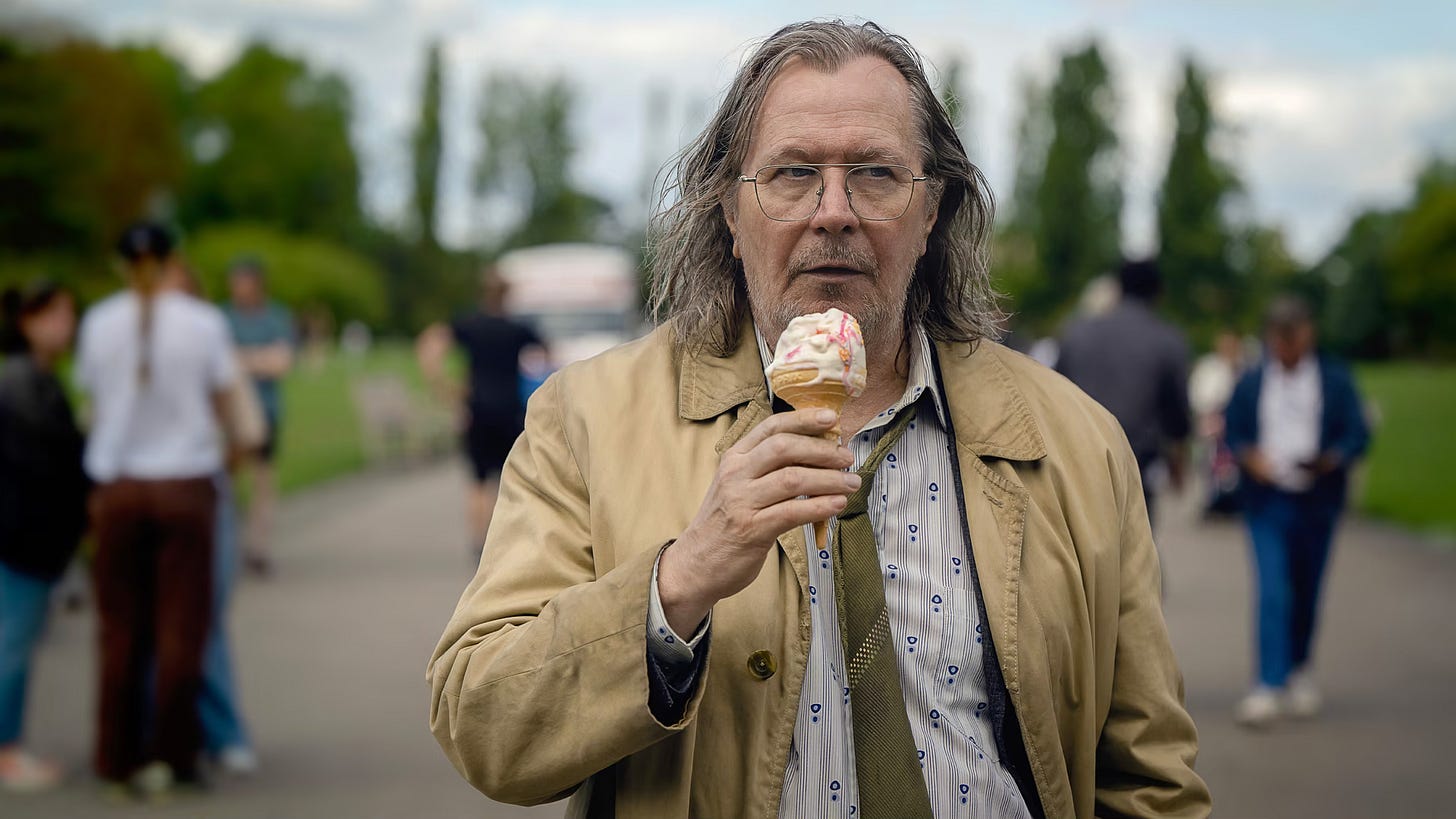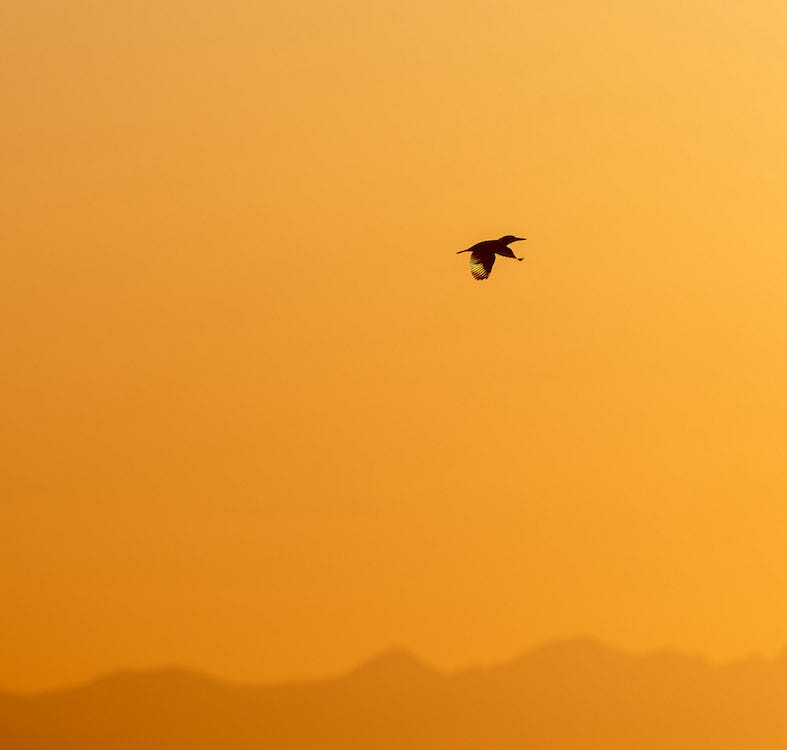What are wild things?
For subscribers to Bird of the Week: I will continue to offer stories and/or pictures about birds each week, while adding posts on other topics that interest me, including photography and politics.
BIRDS
True companions
DARK-EYED JUNCOS reliably stay in our yard every season and are especially abundant now—an estimated 630 million spread out across North America in winter. These sparrows come in lots of variations on the same theme; I especially like the ones, such as this bird, with orange-pink breasts. The flash of white in their tail feathers makes them easy to identify when they fly, even at a distance. Along with a few chickadees, a nuthatch, and a resident Bewick’s wren, the juncos force me to add seed to the hanging feeder at shorter and shorter intervals as the winter progresses. The juncos prefer eating off the ground, so they will knock the seed off the feeder themselves or wait for others to do it. The snow hasn’t arrived yet this year—this picture was taken last year—but often falls around Christmas.
Speaking of Christmas, click on this link for some avian gift options that can still arrive in time. My book Aves is now only $36—a $24 savings. I also have a new set of cards.
PHOTOGRAPHY
One more round for Larry

WHEN I LEFT Mother Jones in 1998, I lost touch with many of the photographers I’d worked with at the magazine. But Larry Fink called me later that year when he was traveling through San Francisco and we met for lunch. He gave me his latest book, Boxers, generously including a signed print. The photograph is square and two thirds of it shows a boxer’s broad back. The back, Larry explained, is the source of a boxer’s power, balance, and agility. It reduces injury by absorbing blows, which extends a boxer’s endurance in the ring.
Larry didn’t have a broad back—with his beret, he looked the part of a ‘60s beat. But he did have a strong one. He endured, living to 82, still taking pictures, making music and poetry, and tending to his Pennsylvania farm.
At lunch, he reminded me of something Katherine Dunn had written in Mother Jones that he included in the introduction to his book. Dunn had earlier produced her own book on boxers, One Ring Circus. Larry quoted her:
A boxing gym is place where men are allowed to be kind to one another. Any man will gently wipe any other man’s face with a towel, fix his helmet straps, tie his shoes, massage his tense shoulders… This tender, respectful nurturing is absolutely necessary because of one magic ingredient: the gloves. Anyone wearing bulky, fingerless gloves is unable to blow his nose or take a drink of water by himself. Those who are not gloved up help those who are. From this central fact radiates the whole demeanor of the game.
Larry like to greet me as a comrade since I’d worked for a leftwing magazine and he’d been raised by communists. He proudly told me his sister, a lawyer, was still actively defending the 1971 Attica riot prisoners. But he is best known for his series of candid, flash images taken at Studio 54, the disco club that celebrities and the wealthy flocked to in New York in the 1980s. He was inspired, he said, by the Weimar paintings of George Grosz and Otto Dix depicting grotesque plutocrats. His subject was class and he had a satiric bite, but also, like his boxers, a tender side. He was easily amused by our foibles, but not mean. A master of irony, he offered penetrating looks into a tragically compromised world while holding a gleam in his eye.
In fact, I suspect the gleam was part of Larry’s toolkit. People photographers must devise ways to make their subjects less self-conscious in front of the camera. One way is perseverance—staying with the subject long enough that the camera itself becomes, if not invisible, at least less intrusive. But there are others. My friend, the late photographer Michelle Vignes, had a childhood condition that gave her a permanent limp. She once told me her gait disarmed people, aroused their sympathy, and made access to their lives easier. And I for one found Larry’s bemusement with the world, combined with a seriousness of purpose, both charming and disarming.
There have been several tributes by people who knew him better than I did. Lucy Sante wrote a good one for Vanity Fair, where Larry was a long-time contributor. As it happens, I called Larry earlier year to ask him to look at my bird photographs and, if moved to do so, write a blurb for my book, Aves. He wrote, “The light is exquisite… there is sensual magic flying near.” I daresay that could also be said of Larry’s extraordinary life and work.

WHAT I’M READING
Helen Lewis makes sense
HELEN LEWIS IS A British writer on the staff of the Atlantic who, while a liberal and feminist, seems unafraid to say contrarian things that get her mobbed on X. I’m impressed with her and now look for her byline. Her latest story delves into the television series, Slow Horses, which is based on novels by Mick Herron about a group of disgraced spies exiled by MI5 to a depressing outpost north of London called Slough House (hence Slow Horses). Season 3 landed recently and I’ve been watching it each week while rewatching the first two seasons. I love it. And Gary Oldman (above) plays one of his best roles ever as the gross but clever leader of the misfit spies.
Lewis notes that “Herron’s spy-novel series is now 13 years old, the same age as Britain’s floundering Conservative government.” She claims that the series serves as an all-too-apt metaphor for a failing Britain:
There is no justice in the world of Slough House: Bad people prosper and the good die young. (Even worse, the mediocre and cowardly—that is, the most relatable characters—also die young.) A recurrent theme of the series is the privatization of government, a process that Herron presents as arrogant predators streamlining an organization so it is briefly more efficient—read: profitable for them—before it collapses into dust. Herron is not reflexively liberal, however. Of Britain’s only left-wing broadsheet newspaper, he writes: “Martin Kreutzmer liked to read The Guardian, because it kept him in touch with that strain of self-lacerating smugness which hoped to inherit the earth, but would have no clue what to do with it.”
I had to laugh at that last bit, and indeed one of the many virtues of the show is its humor. Lewis, however, is quite serious about the danger of the left’s ineptness. The current issue of the magazine is entitled “If Trump Wins” [yes, shudder] and Lewis is unsparing in her view that “The Left Can’t Afford to Go Mad.” She argues that it needs to “seek converts rather than hunting heretics”—a clever turn of phrase, but I’m skeptical it will happen. So is political analyst Ruy Tuxiera, who argues that the Democrats have a better chance of beating Trump if they throw the intersectional left under the bus. As Lewis notes, in the past several years internal strife from heretic-hunting staff members has deflected organizations from the Sierra Club to Planned Parenthood to the ACLU from their core missions:
Trump created an enormous reservoir of political energy, but that energy was too often misdirected. Many liberals turned inward, taking comfort in self-help and purification rituals. They might have to share a country with people who would vote for the Orange Man, but they could purge their Facebook feeds, friendship circles, and perhaps even workplaces of conservatives, contrarians, and the insufficiently progressive. Feeling under intense threat, they wanted everyone to pick a side on issues such as taking the Founding Fathers’ names off school buildings and giving puberty blockers to minors—and they insisted that ambivalence was not an option. (Nor was sitting out a debate, because “silence is violence.”) Any deviation from the progressive consensus was seen as a moral failing rather than a political difference. The cataclysms of 2020—the pandemic and the murder of George Floyd—might have snapped the left out of its reverie. Instead, the resisters buried their heads deeper in the sand.
Another clue that this tendency, while weakened, remains strong in arenas where progressives have control—media, arts and culture organizations, universities—is their response to Hamas. As I wrote in my last post, the cheering of terrorism is a sign of both moral failure as well as a certain disconnect from the reality of Islamic radicalism. Of course, not all or perhaps even most progressives did so. But many did, which Lewis writes about in “The Progressives Who Flunked the Hamas Test.” I’m keeping an eye on this writer.
P.S. SPEAKING OF HAMAS, I recommend my friend John Judis’s article in The New Republic, which offers a sober account of the history of Zionism and its discontents. Much of the article is based in research for his 2014 book, Genesis: Truman, American Jews, and the Origins of the Arab-Israeli Conflict.
The links to the Atlantic, and perhaps others, are behind a paywall. I’m sorry if you can’t read the full articles. If you’ve got the bucks, I do think it’s a magazine worth your time.










This is a wonderful summary of the "difficulties" of the Left. I've been wandering through the miasma and going we will pull it together. Remember the meme (before it was called so) of the Left being a circular firing squad? Some days...
Ugh! Why can't we edit our comments?